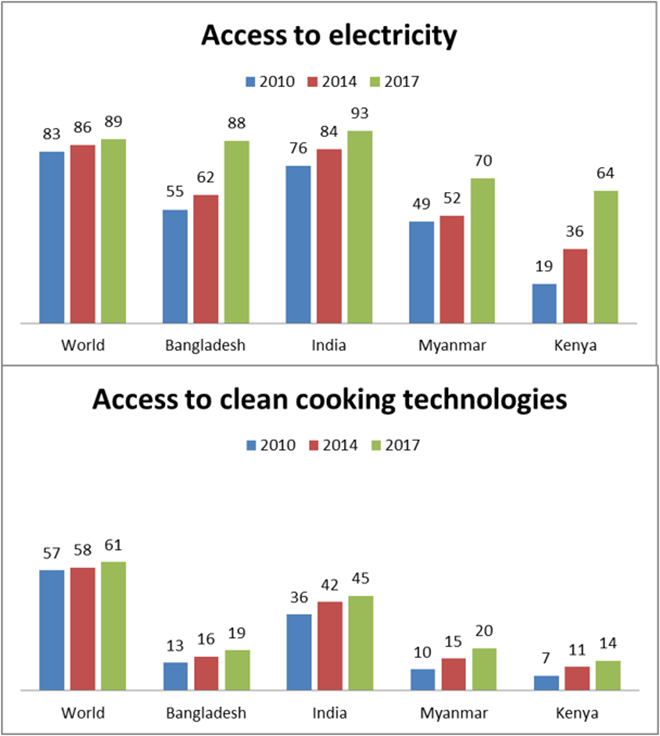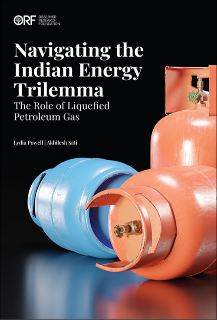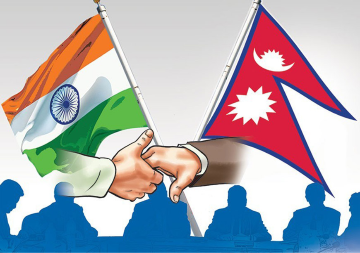
Recently, the ‘2019 Tracking SDG<1> (Sustainable Development Goal) 7’ report was released. The report clearly stated that the global electrification rate reached 89% in the year 2017 and around 131 million people gained access to electricity each year since 2010 (IEA, IRENA, UNSD, WB, WHO, 2019). However, in the same time of 2010-2017, access to clean cooking technology improved to mere 61% from 57%. The difference in pace of access to electricity and access to clean cooking raises the question whether electricity can be considered as an option for clean cooking among developing countries. This option has been discussed in silos since 2014 such as The Energy and Resources Institute (TERI) conducted one action research to understand the adoption level of induction stoves in rural Himachal Pradesh and government of Ecuador introduced induction stoves to reduce dependence on Liquid Petroleum Gas (LPG). Availability of literature is limited in this context and thus, the article discusses the option based on author’s field experiences and available datasets.
India, Kenya, Bangladesh and Myanmar made the most significant progress in achieving access to electricity since 2010 (IEA, IRENA, UNSD, WB, WHO, 2019). The article builds the case based on these four countries. The graph below clearly indicates that the coverage of household electricity has been much more widespread and intensive compared to clean cooking technologies in the abovementioned four countries. The coverage of access to cooking in all these four countries is either half or less than half of the coverage attained for access to electricity. India achieved 99.99% household electrification in the year 2018.
Figure 1 % of population having access to electricity and clean cooking technologies
 Source: Author, based on data from Tracking SDG 7: The Energy Progress Report 2019
Source: Author, based on data from Tracking SDG 7: The Energy Progress Report 2019
In general, LPG, improved cookstoves, biogas and solar cookers are promoted in the developing countries as a measure towards enhancing coverage of clean cooking fuels. LPG remains the most popular option among the clean cooking fuels due to the convenience of cooking associated with it. The challenges of enhancing coverage of LPG involves availability of LPG in refuelling stations, affordability & willingness to pay for LPG by the users, and inconveniences of refuelling in case of remote locations. Introduction of efficient electricity based cooking technologies like induction stoves triggers the thought of adding electricity in the household cooking fuel mix to enhance the coverage of access to clean cooking technologies taking the advantage of high electrification rates. There is range of electricity based cooking appliances such as induction stoves, microwaves, electricity based pressure cookers, electric kettles, electric coil stoves. Among all, the induction stoves are suitable to cook wide range of daily food and are much efficient than the electric coil stoves. Thus, induction stoves are considered for further calculations in this article.
At country level, for considering electricity as an option for clean cooking would demand reliability of electricity supply and availability of connected load. While conducting an action research, The Energy and Resources Institute (TERI) states that on an average a rural household uses induction stove at 1300 volts for about 2 hours a day (Banerjee, Prasad, Rehman, & Gill, 2016). In such case a household for operating induction stove would need connected load of 1.3 kW. The table below clearly indicates that in the scenario of 50% households using induction stoves, the required load capacities are much higher than the installed capacities for Bangladesh, Myanmar and Kenya. In case of India, the required connected load for India is about 44% of the net total installed capacity. The country level picture indicates requirement for further infrastructure support for incorporating electricity as an option for clean cooking.
Table 1 Reqiured connected load at country level if 50% of the households use induction stoves at 1300 volts for two hours a day
|
Bangladesh |
India |
Myanmar |
Kenya |
|
Total net installed capacity of electric power plants (in GW) – 2016
(United Nations Statistics Division, as on August 2019) |
12 |
377 |
5 |
2 |
| Required connected load (in GW) to operate induction stoves if 50% of the total households<2> use induction stoves at 1300 volts for 2 hours a day |
22 |
164 |
7 |
26 |
After achieving universal electrification, the next target for a country is to achieve reliable power supply. However, at present all the four mentioned countries are facing the challenges associated with the unreliable supply of power, especially in the rural locations. The compound annual growth rate (CAGR) for the total installed capacity for the years 2010-2016 is 0.12 for Bangladesh, 0.09 for India and 0.08 for Myanmar and Kenya<3>. India after attaining almost 100% household electrification is now making commitments towards providing reliable power to all. However, in present scenario, introducing electricity as clean energy option would demand provision of sufficient load to operate induction stoves during peak cooking hours.
If electricity is considered as an option for clean cooking in developing countries, then it is important to develop and strengthen the electricity infrastructure measuring the required connected load. Another way is to work towards research and development of energy efficient electricity based cooking options. The research and development on solar based induction stoves are still at a very nascent stage. Sibiya and Venugopal developed and tested a standalone solar based induction stove with a 300 watt solar panel & a boost converter of 65 Volts. The practical cooking analysis concluded that the efficiency drops with increasing cooking levels (Sibiya & Venugopal, 2017).
In addition to infrastructure, the behavioural aspects of cooking and affordability of the households are to be considered. Studies in the past concluded that the induction stoves find it difficult to make place as the main cooking technology but is generally used as the secondary cooking technology by the households (Banerjee, Prasad, Rehman, & Gill, 2016). Even if the induction stoves makes way as a secondary cooking technology in a rural household, then also the usage of firewood is reduced though to a limited extend.
The response is ‘partially yes’ to the question ‘Can electricity be an option for clean cooking in developing countries?’. However, the electrification programmes needs to consider this aspect while developing and strengthening infrastructure. Further research is also required to strengthen the solar based induction stoves technology.
References:
Banerjee, M., Prasad, R., Rehman, I. H., & Gill, B. (2016, January). Induction stoves as an option for clean cooking in rural India. Energy Policy, 88, 159-167.
IEA, IRENA, UNSD, WB, WHO. (2019). Tracking SDG 7: The Energy Progress Report 2019. Washington DC.
IEA, IRENA, UNSD, WB, WHO. (As on August 2019). https://trackingsdg7.esmap.org/.
Sibiya, B. I., & Venugopal, C. (2017). Solar Powered Induction Cooking System. Energy Procedia, 117, 145-156.
United Nations Statistics Division. (as on August 2019). http://data.un.org/Data.aspx?d=EDATA&f=cmID%3AEC.
<1> SDG 7 is to ensure access to affordable, reliable, sustainable and modern energy for all.
<2> Data for total households gathered from https://www.statista.com/statistics/728139/number-of-households-bangladesh/, https://www.knbs.or.ke/population-distribution-by-sex-number-of-households-area-and-density-by-administrative-units/, and .../Hp/Downloads/SummmaryoftheProvisionalResults%20.pdf
<3> Author’s calculations based on data collated from http://data.un.org/Data.aspx?d=EDATA&f=cmID%3AEC
The views expressed above belong to the author(s). ORF research and analyses now available on Telegram! Click here to access our curated content — blogs, longforms and interviews.




 Source: Author, based on data from Tracking SDG 7: The Energy Progress Report 2019
Source: Author, based on data from Tracking SDG 7: The Energy Progress Report 2019 PREV
PREV


